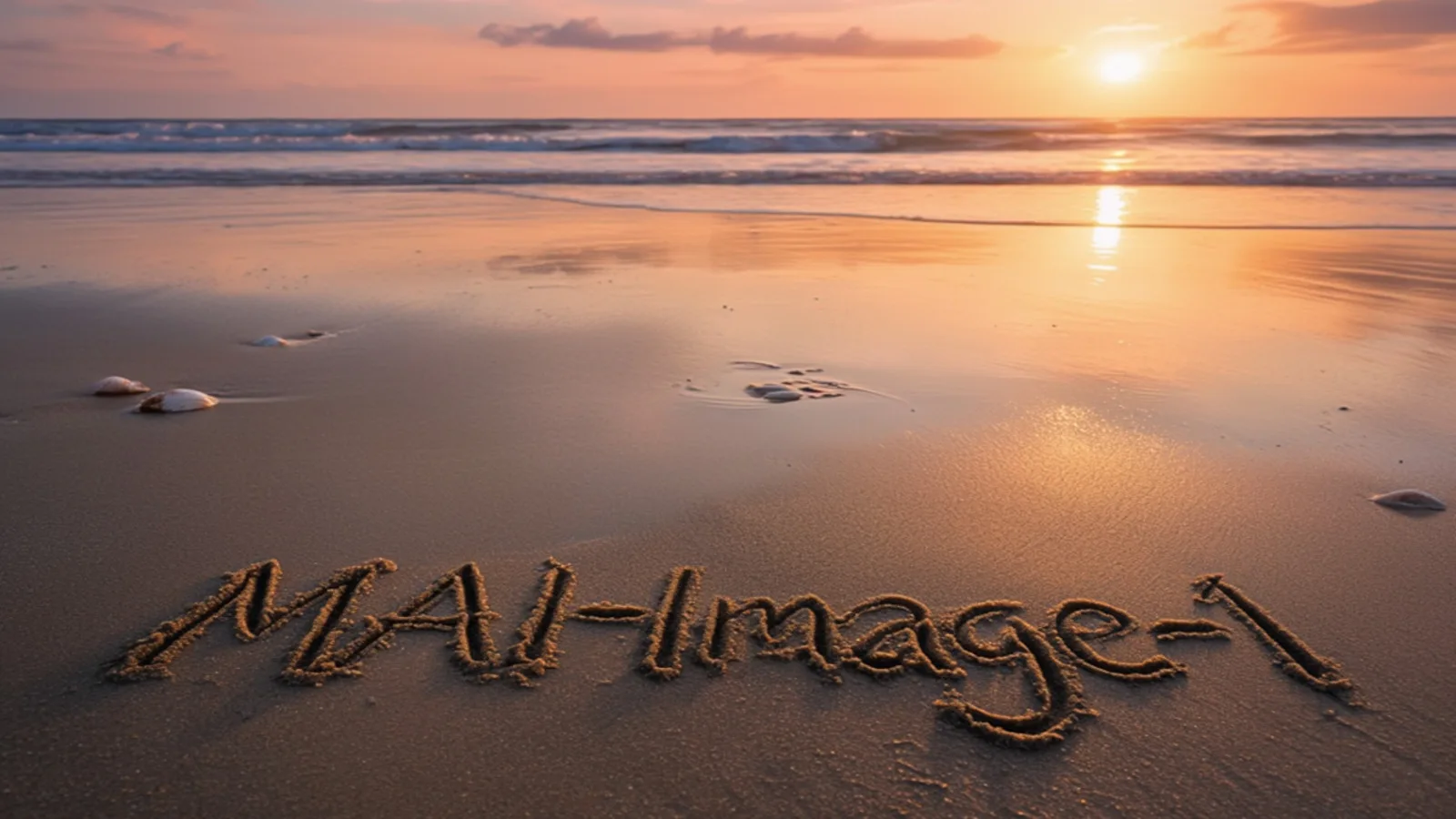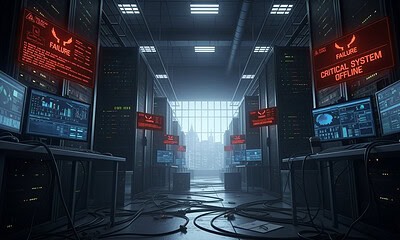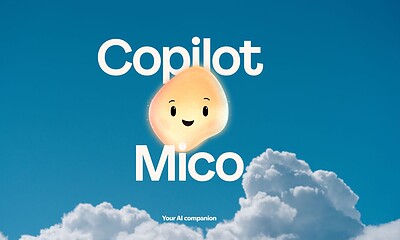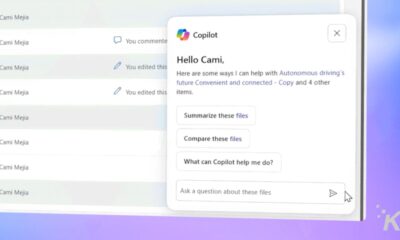Microsoft
Microsoft AI announces its first text-to-image generator
Microsoft says MAI-Image-1 processes prompts quicker than many larger, slower models.

Just a heads up, if you buy something through our links, we may get a small share of the sale. It’s one of the ways we keep the lights on here. Click here for more.
Microsoft just dropped its first in-house text-to-image model, MAI-Image-1, and it’s already strutting onto the AI stage like it owns the place.
The model comes straight from Microsoft’s own AI division, the same team behind MAI-Voice-1 and the MAI-1-preview chatbot, and it’s being billed as “the next step on our journey.”
Microsoft’s getting serious about doing AI art its own way.
According to the company, MAI-Image-1 was built with a little help from creative professionals, whose feedback was used to make sure the model doesn’t churn out the same overused “AI aesthetic” we’ve all seen a hundred times.
Instead, it’s said to excel at producing crisp, realistic images of things like lightning strikes, sweeping landscapes, and other photorealistic scenes, and it does it fast.
Microsoft says MAI-Image-1 processes prompts quicker than many “larger, slower models,” which is basically a polite way of saying, “We’re not DALL·E or Midjourney, but we’re faster.”
The early results are promising: MAI-Image-1 has already landed a top-10 ranking on LMArena, the online battleground where people pit AI-generated images against each other and vote for their favorites.
That’s no small feat for a brand-new model from a company that’s still best known for Windows updates and Excel formulas.
But the debut also comes at a complicated time for Microsoft’s AI ambitions. The company has long been a major backer of OpenAI, yet the relationship has reportedly gotten a bit awkward.
Recently, Microsoft even started using rival Anthropic’s models inside Microsoft 365 apps, signaling it’s no longer putting all its eggs in one AI basket.
Microsoft says MAI-Image-1 is just the beginning of its push to build more AI models in-house, and it’s promising to keep things “safe and responsible.”
We haven’t seen what those guardrails look like yet, but given how wild AI image generation can get, we’ll be watching closely.






























